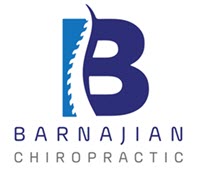Seat belts
1) Always wear your seat belt! By wearing you seat belt you double your chances of surviving a crash. The belt should cross your shoulder and rest on your hips and pelvis.
2) You should never place the shoulder harness under your arm because it’s more comfortable.
3) Pregnant women should place the belts over and under their abdomen.
Airbags
1) Do not rely on just the airbag. Airbags are a supplemental restraint system (SRS), which means they are meant to be used in conjunction with seat belts and not alone. Alone, they offer less protection than seat belts by themselves.
2) Keep your hands away from the airbag cover to avoid injury. Airbags deploy at very high speeds of up to 200 mph and can cause injury.
3) Do not sit too close to the steering wheel. If you sit with your sternum ten inches or closer to the steering wheel, you are at risk of being hit by the deploying airbag. Serious and even fatal injuries can occur. Smaller people are usually at risk for this and should therefore adjust there gas and brake pedals to sit farther back if possible.
4) Watch out for faulty or missing airbags. Airbags are very expensive and therefore a black market of stolen airbags has developed. Some repair centers have been known to replace airbags with damaged ones or airbags that may be designed for another model of car. Some dealers have even been known to sell used cars with missing airbags.
Head restraints
Proper head restraint positioning is the most important way to prevent whiplash.
1) Position the head restraint as close to your head as possible.
2) The top of your head restraint should be level with the top of your head.
3) Do not recline your seat back too far back. Having your seat back reclined back too much will increase the distance between your head and the head restraint, which will increase the chance for whiplash injury.
Things to do if you know you’re going to be hit from the rear:
1) Sit fully back against the seat and head restraint.
2) Shrug your shoulders firmly to reduce neck motion.
3) Look straight ahead with your head back slightly.
4) If you are stopped, apply the brake firmly.
5) If you are the driver, place your hands flat against the steering wheel. Do not grip the steering wheel because this may cause more injury.
